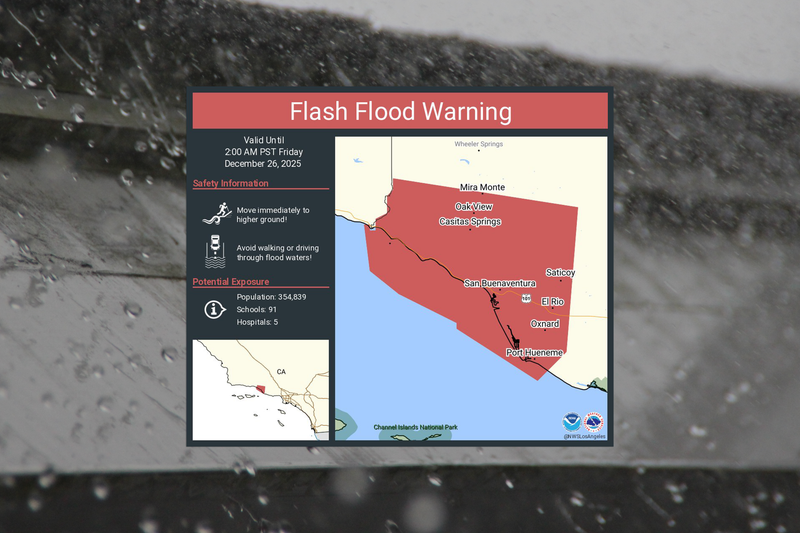Who regulates nuclear safety in California? "Agreement State" basics
Learn who regulates nuclear safety in California. Explore the state’s role as an NRC “Agreement State,” the oversight of radioactive materials, and the facilities under regulation.

Questions about nuclear oversight in California often come down to a basic issue of jurisdiction. Nuclear power plants, research reactors, medical use of isotopes, and radioactive materials in industry all raise the question of which agency holds responsibility for regulation.
In California, most of that authority does not rest with the federal government. California is an Agreement State, a designation that places primary responsibility for regulating the possession and use of radioactive materials with the state itself. The U.S. Nuclear Regulatory Commission (NRC) retains authority over nuclear power reactors and certain other areas, but the state’s own regulatory program carries out much of the work.
What “Agreement State” Means
The Atomic Energy Act of 1954, as amended, created the framework for states to assume regulatory authority from the federal government under Section 274b. Through this provision, the NRC can transfer oversight of radioactive material to states that establish adequate and compatible regulatory programs.

California entered into such an agreement decades ago and administers its program through the Radiologic Health Branch of the Department of Public Health. The branch is responsible for licensing and inspecting users of radioactive materials in medicine, academia, research, and industry. Nuclear power reactors, such as Diablo Canyon, remain under direct NRC authority.
California’s performance as an Agreement State is reviewed by the NRC under the Integrated Materials Performance Evaluation Program (IMPEP).
The most recent IMPEP review, completed in March 2025, found California’s program satisfactory in all areas evaluated, including staffing, inspections, licensing actions, incident response, and adoption of regulations. These reviews occur approximately every five years, with interim meetings in between, to confirm that state programs remain both adequate to protect public health and compatible with federal standards.
Facilities Under Oversight in California
California’s nuclear footprint includes a mix of operating power reactors, research facilities, and sites in various stages of decommissioning:
Operating Nuclear Power Reactors
Diablo Canyon Power Plant, with Units 1 and 2, remains the state’s only commercial nuclear power station. Oversight of power reactors is retained by the NRC.
Research and Test Reactors
Several smaller-scale reactors operate under state oversight through the Agreement State program, including facilities at the University of California, Davis; the University of California, Irvine; and GE-Hitachi in Sunol.
Decommissioning Sites
California also has a number of facilities undergoing or completed decommissioning. These include:
- San Onofre Units 1, 2, and 3
- Vallecitos Boiling Water Reactor
- Hunter’s Point Naval Shipyard
- Alameda Naval Air Station
- McClellan Air Force Base
Responsibility at these sites is shared, with NRC retaining certain authorities while California manages most materials-related oversight.
The mix reflects the state’s unique position: it no longer relies heavily on nuclear power, but it has a long history of nuclear facilities that continue to require regulatory attention.
Oversight Performance—How Is California Doing?
The most recent Integrated Materials Performance Evaluation Program (IMPEP) review of California’s Agreement State program was finalized in March 2025. The review reached several key findings:
- California’s program was rated satisfactory in all performance indicators, covering staffing, technical training, inspection practices, licensing, incident and allegation response, regulatory adoption, and sealed source and device evaluations.
- A significant reduction was documented in the licensing backlog, from 128 pending cases at the previous review to only 8 at the time of the 2025 evaluation.
- The NRC concluded that California’s program remains adequate to protect public health and safety and compatible with NRC requirements.
The review set the next oversight cycle: a periodic meeting in approximately 2.5 years, followed by the next full IMPEP review in about five years.
Regulation and Rulemaking
Agreement States are required to adopt NRC regulations within three years of their federal effective date to maintain program compatibility. California has generally met this requirement, but the most recent IMPEP review noted one exception: the 2018-1 amendment on the medical use of byproduct material was adopted six months beyond the deadline .
California’s rulemaking process is slower than in many states. According to the 2025 IMPEP report, adopting regulations typically takes around three years because of the state’s multi-layered procedures, which include public notice, review by state agencies, and approval by the Office of Administrative Law .
In April 2025, California advanced its program further by proposing new legally binding requirements identified as M-8, O-7, J-7, J-9, and C-22. These requirements, published in the NRC’s State Regulation Status chart, reflect the ongoing process of aligning state oversight with evolving federal standards .
Key Takeaways for Californians
For residents, the division of responsibility between the NRC and the state has direct implications for safety and accountability. Most radioactive material in California — from medical isotopes used in hospitals to industrial gauges and university research sources — is regulated by state officials. The NRC’s periodic reviews provide external confirmation that this oversight remains adequate.
The decommissioning of large facilities such as San Onofre, alongside continued operation of Diablo Canyon, illustrates why coordination matters. NRC retains authority over reactors, while the state manages materials licensing and inspections. Together, these frameworks determine how safely radioactive material is handled, stored, and disposed of in California.
Understanding the Agreement State system clarifies why Californians look both to Sacramento and to Washington, D.C., when questions about nuclear safety arise. It also explains why the performance of the state program — including timely adoption of regulations and the capacity to respond to incidents — remains a subject of federal review and public interest.
Final Thoughts
California’s role as an Agreement State places most of the responsibility for nuclear safety within the state’s own Department of Public Health, while the NRC maintains authority over reactors and broader national standards. This division of authority is not static — it is continually tested through facility oversight, periodic performance evaluations, and the requirement to adopt federal rule changes on schedule.
The 2025 IMPEP review confirmed that California’s program is functioning effectively, with improved licensing performance and overall compatibility with NRC requirements. At the same time, the state’s lengthy rulemaking process and the need to keep pace with new federal standards highlight ongoing challenges.
For Californians, the practical outcome is a layered system of oversight that determines how radioactive materials are used in medicine, industry, research, and energy. Knowing who regulates these activities—and how well they are performing—remains central to public understanding of nuclear safety in the state.






